What is Google Arts & Culture and How Can It Be Used for Teaching? Tips and Tricks
Google Arts & Culture is a great tool for use in teaching, here's how you can get the best out of it
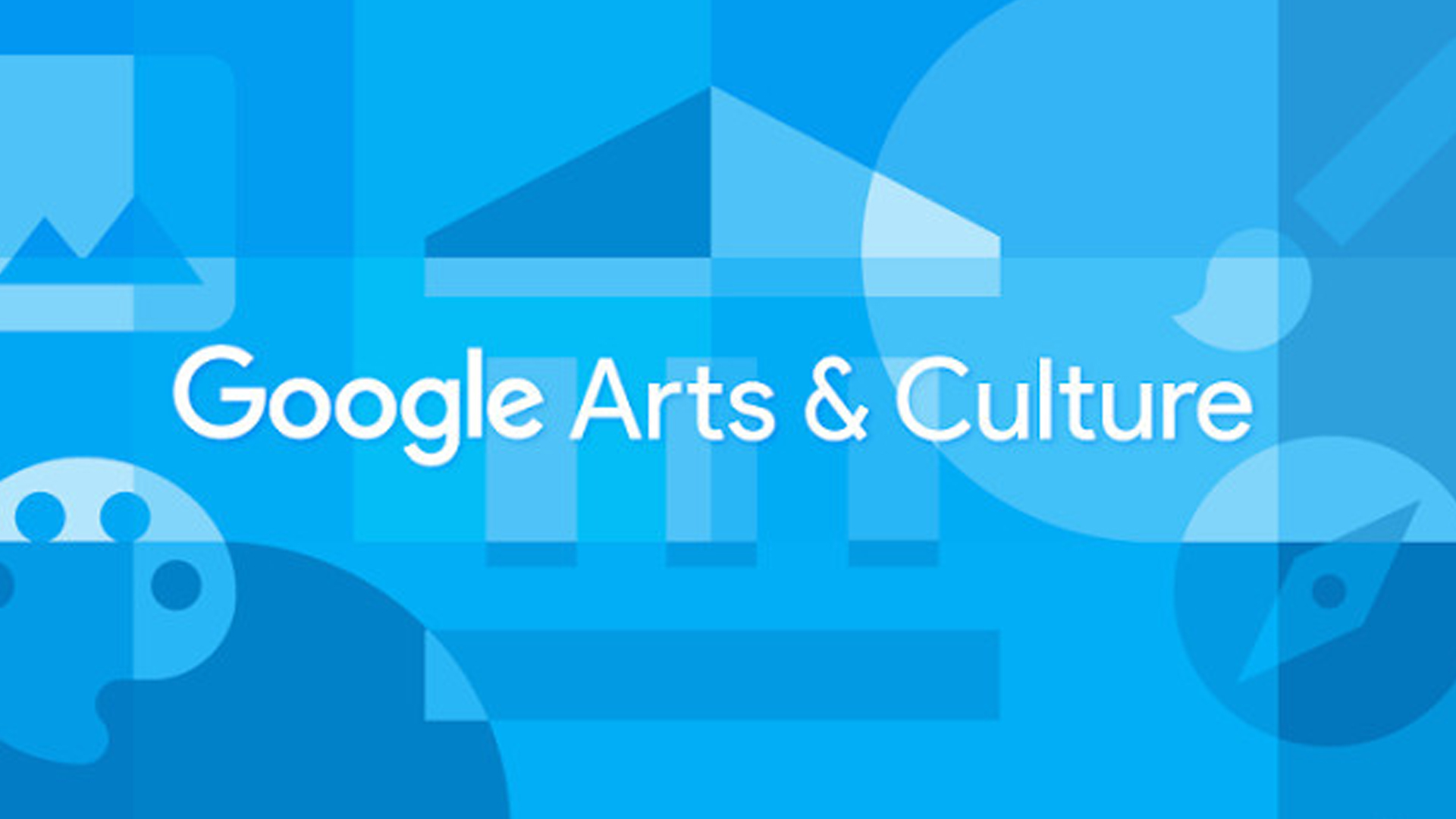
Google Arts & Culture, as the name suggests, is an online portal to real-world art, culture, and historical collections. This can allow students to access art that might otherwise be geographically difficult to experience.
Essentially the idea behind Google Arts & Culture is to digitize the world of art. That isn't to say it's there to replace the real thing, but simply to supplement it. From an education perspective this makes a wealth of rich cultural content available from the classroom.
Crucially, this also allows teachers to work with remote learning or a hybrid class to get students exposed to the arts and culture of the world from wherever they are. So is this a genuinely useful teaching tool?
- What Is Quizlet And How Can I Teach With It?
- Top Sites and Apps for Math During Remote Learning
- Best Tools for Teachers
What is Google Arts & Culture?
Google Arts & Culture is an online- and app-based collection of art and cultural content from around the world. It allows anyone, including students and teachers, to explore real-world collections, such as museums and galleries, from the comfort of their digital device.
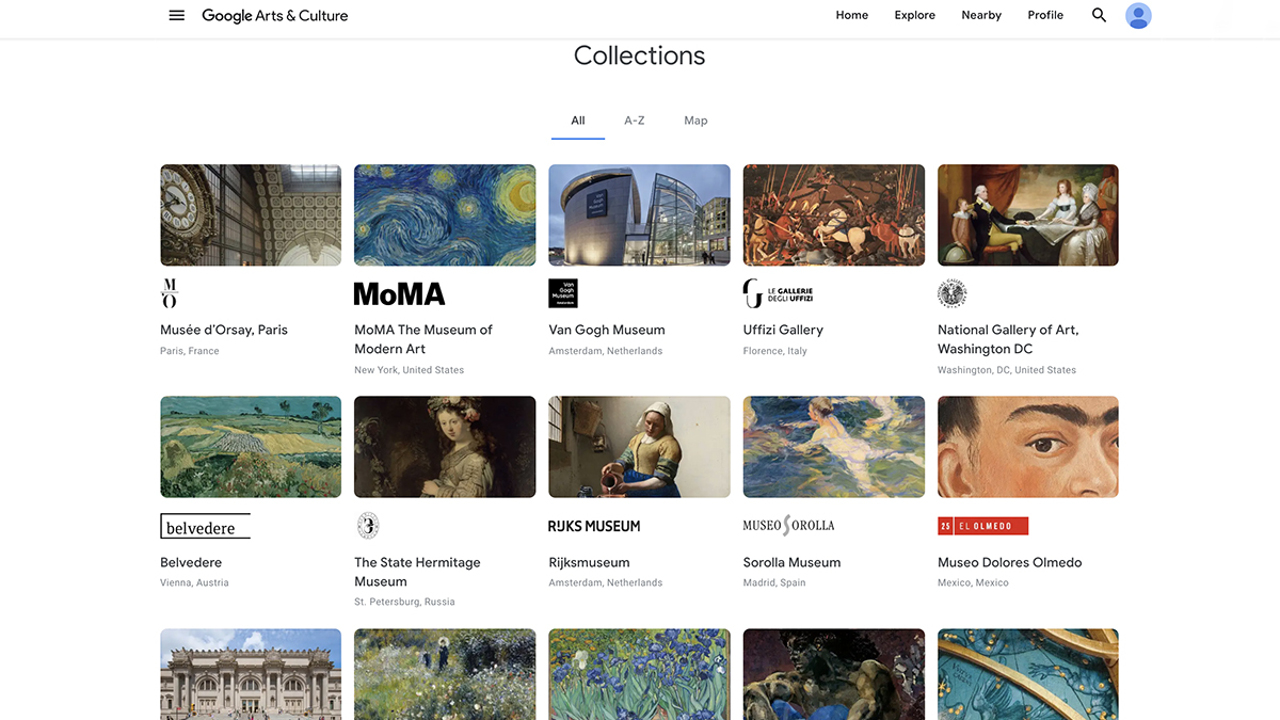
From the MOMA to the Tokyo National Museum, the world's best offerings are to be found on this platform. Everything is well organized and is laid out in a way that's super easy to understand and navigate, making it a great option for students, even when outside of the in-class environment.
Thanks to augmented reality and the integration of Google Earth, this goes beyond museums and galleries and also includes real world sites, making any easy to visit virtually.
How does Google Arts & Culture work?
Google Arts & Culture is available within a web browser but also works well as an iOS and Android app, so students can also access it from their smartphones. In the case of the app there is an option to Google Cast to a larger screen, making it a useful option for in-classroom teaching of a group so a discussion can take place.
Tools and ideas to transform education. Sign up below.
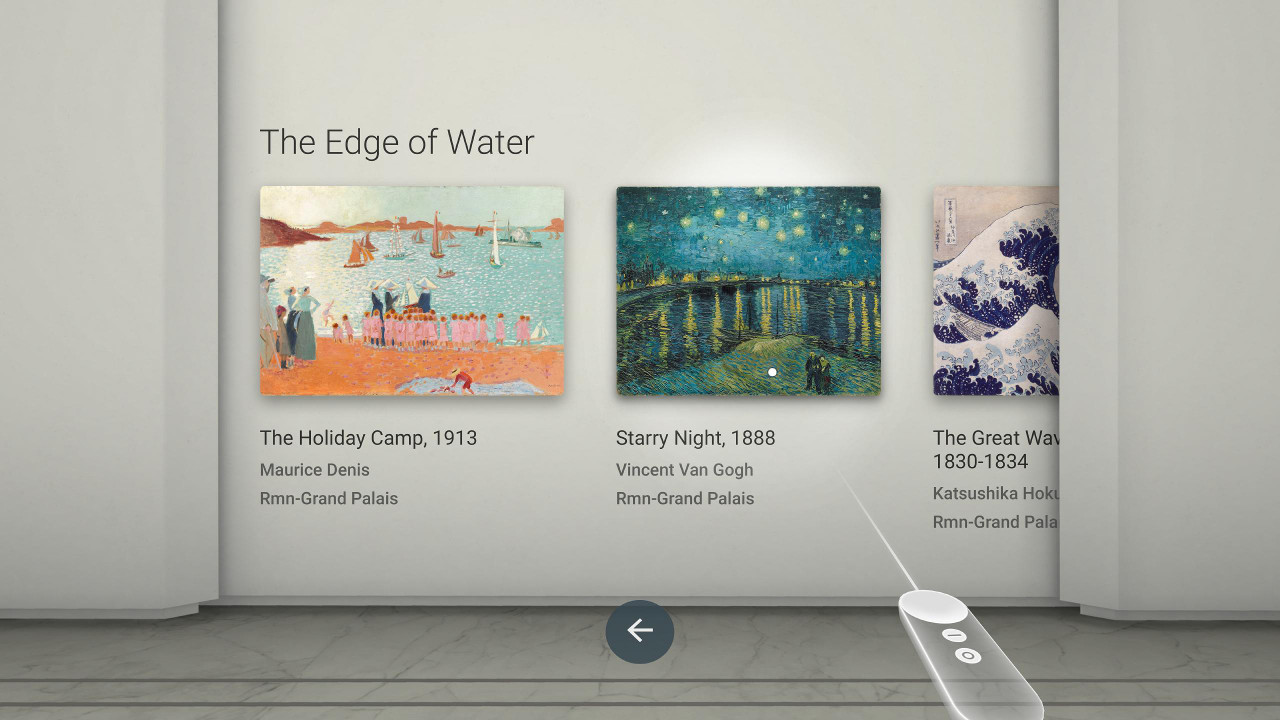
The app is free to download and use, as is the website. You can sign in using a Google account, which allows you to save what you like for easy access later – a bit like bookmarking your best bits.
You are able to explore in several ways, from browsing by artist or historical event to searching using a geographical location or even a theme, such as colors. The site offers access to a trove of museum holdings as well as real world sites with images taken from Google's databases. It's also possible to virtually tour locations such as art installations or even non-art places such as the science center CERN.
What are the best Google Arts & Culture features?
Google Arts & Culture is very easy to navigate and can be used by students freely to explore and discover. But since everything is well organized it can also be possible to follow a theme and have students learn along a pre-set path chosen by the teacher.
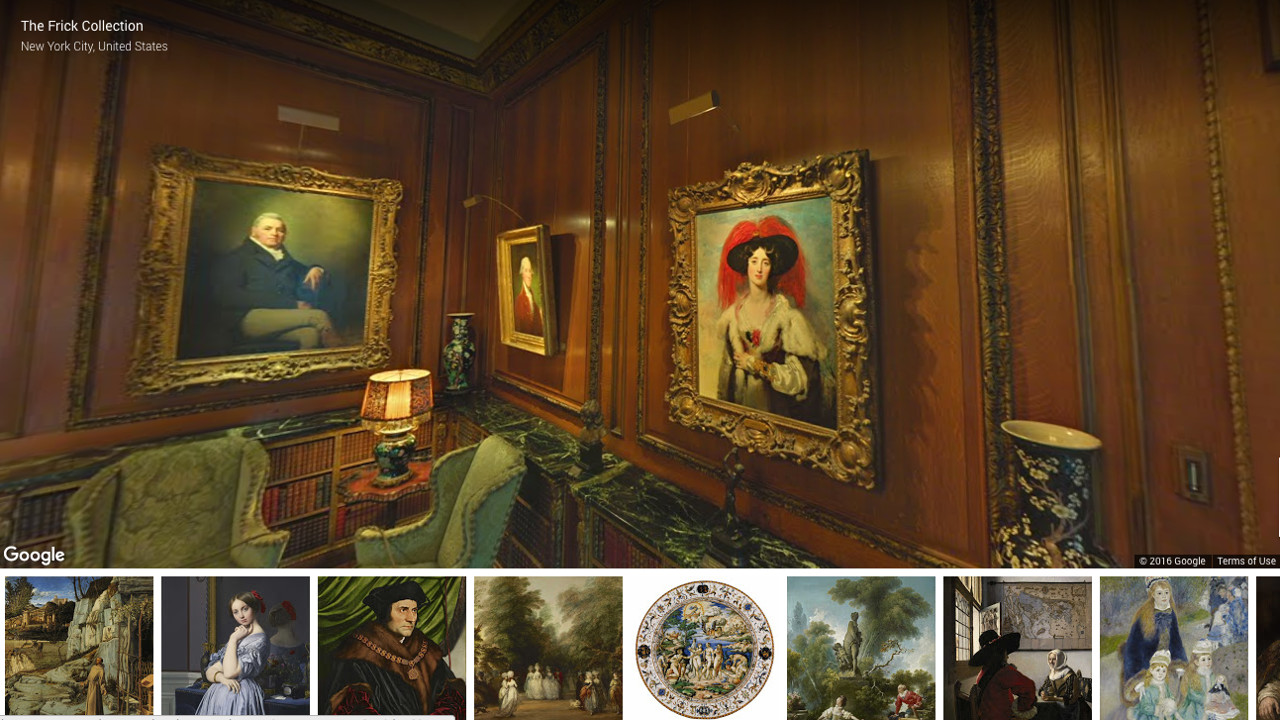
This can actually offer a better experience than a real-world museum in some cases. For example, you could visit a museum with a dinosaur skeleton, however, using the app's 3D visuals you could move the phone to look around and have the dinosaur come to life, beyond being just a skeleton as you'd have in the real world. These augmented reality experiences make for a hugely explorative virtual trip for students.
Written content is also available, as is news about the museums and galleries and suggestions of other places to visit. Some artifacts have accompanying narratives, further bringing the exhibition to life.
For teachers, there are useful favorite and share features that allow you to grab a link to a specific exhibit, for example, and share it with the class. Ideal if you want them to explore something at home ahead of a class on that topic. Or vice versa, this could follow-up a lesson for further exploration and depth.
The site also offers interactive experiments and games to allow further engagement in what's on display. The camera is also well used in the case of the app allowing you to do things such as take a selfie and get matched with paintings from the app's library, or snap your pet and have works of art with similar pets pop up for you to explore.
How much does Google Arts & Culture cost?
Google Arts & Culture is free. That means the app is free to download and all the content is free to access. You also don't have to worry about adverts as these are not a feature on the platform.
The service is always growing and offering new content, making it a really valuable offering, especially when you consider it costs nothing.
For the better AR experiences a newer device would be preferable as would a decent internet connection. That said, since this scales to fit what it's being viewed on or over, even older devices and poorer internet connections won't stop access to this free service.
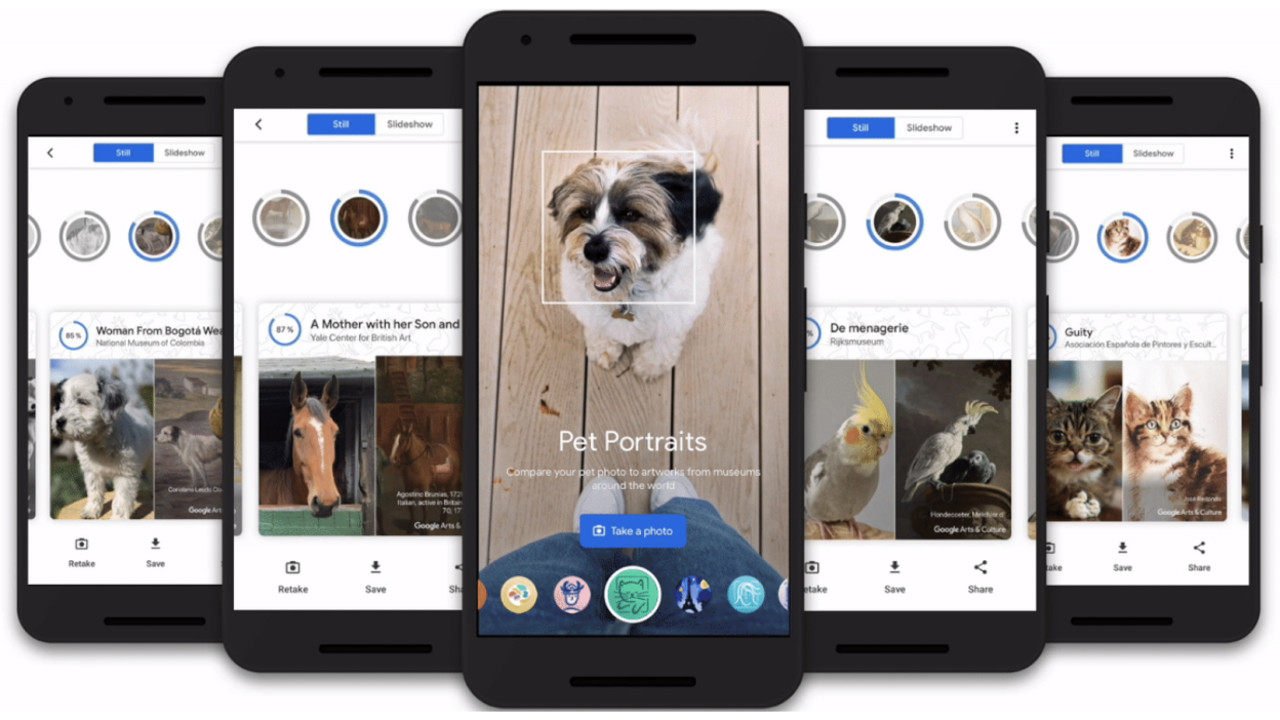
Google Arts & Culture best tips and tricks
Have students present back
Get students to take a virtual gallery tour or visit a real-world site then create a presentation for the class in which they take everyone on the experience but in their own way.
Take a virtual tour
For history students, you can take them on a virtual tour of a site anywhere in the world, such as the ruins of Rome as it is now.
Recreate a piece
For art students, have them find a piece and draw or paint it themselves, also adding in an element to show how they discovered it and why it stood out for them.
Luke Edwards is a freelance writer and editor with more than two decades of experience covering tech, science, and health. He writes for many publications covering health tech, software and apps, digital teaching tools, VPNs, TV, audio, smart home, antivirus, broadband, smartphones, cars and much more.
